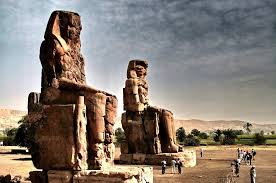I remember, it was maybe two years ago, there was a very active discussion on the forums about marketing RMU and there was a general consensus that there should be a Lite version of RMU to encourage people to give it a go. The point where people diverged was more on how do you make a light version of Spell Law? How many spell casting professions, how many lists and two what level?
Rolemaster Kids would face the same issues. I am convinced that just two realms are needed and one profession for each. The magician and (lay) healer are so different in every aspect that they make for a real nice choice for a potential player. So that takes care of the how many professions and which questions.
So how many lists and to what level?
I am thinking ten and ten. Ten lists to tenth level for each profession. Just like RMU I will fill every slot.
I have a really strong urge to not use the spells in Spell Law though. I want to create these ten lists myself to encapsulate what the realm and profession does well. I also think new and more interesting spell names could add a lot of colour and imagery to the game. It is intended for a younger audience after all. Light I, Light II and Light III are hardly inspiring.
Looking at the open and closed Essence and Mentalism lists there is a huge amount of cross over with both realms being able to produce the same effects. Essence is of course bigger, stronger, longer, faster than Mentalism but that is only in comparison to each other.
In a similar way to how the RM2 Warrior Mage combined all the bolt and ball spells from all the magician base lists into one I think something similar could be done with the base lists for the lay healer. Just so of the ten lists available they do not have to buy five healing list, I think we can safely skip prosthetics. I would like to include telekinesis, delving, detections and scrying (sense mastery) type magics into the available lists for mentalism
As long as the magician can fly, cast fireball, create illusions, go invisible and put guards to sleep that would satisfy most peoples basic magician needs. I think unbarring ways is cool and dispelling magic should be part of a magicians remit. I think one can lost Earth Law, Water Law and Ice Law and it doesn’t leave a massive hole in the magicians functionality.
Making the magic system work falls into two mechanism. Directed spells would be exactly like the combat cards I mentioned in the first post. Base attack rolls would be more akin to the skills cards I think with attack roll, success/failure (including spell failure effects!) and resistance rolls all on one card.
I know that is a pretty sketchy outline but have I missed any importance considerations?


 A couple of weeks ago I mentioned Dyson’s Dodecahedron as a great source of maps. Today I thought I would mention Lloyd Neill’s occasional Death and Dismemberment blog (
A couple of weeks ago I mentioned Dyson’s Dodecahedron as a great source of maps. Today I thought I would mention Lloyd Neill’s occasional Death and Dismemberment blog (









